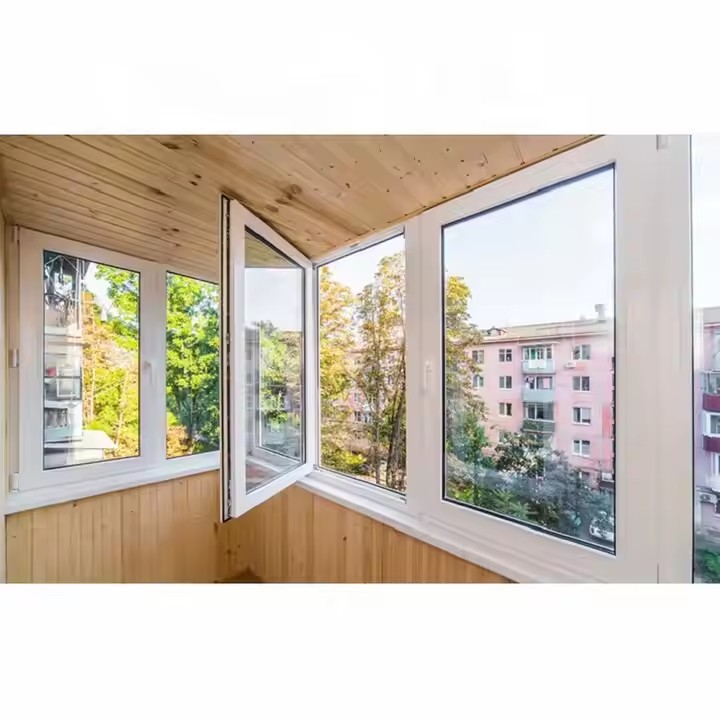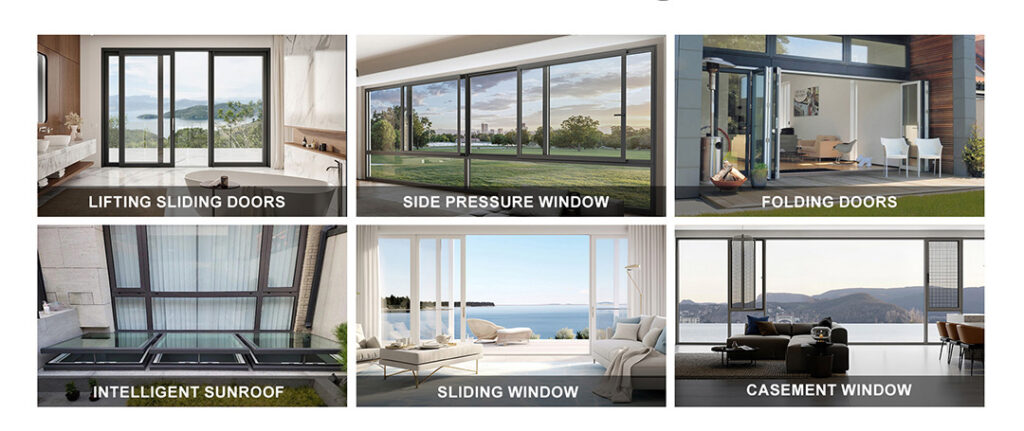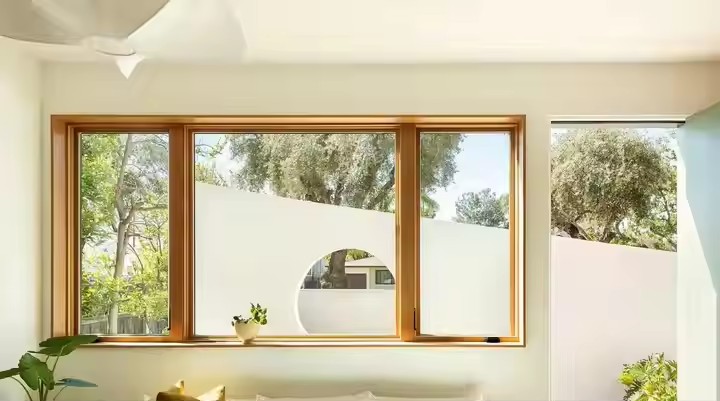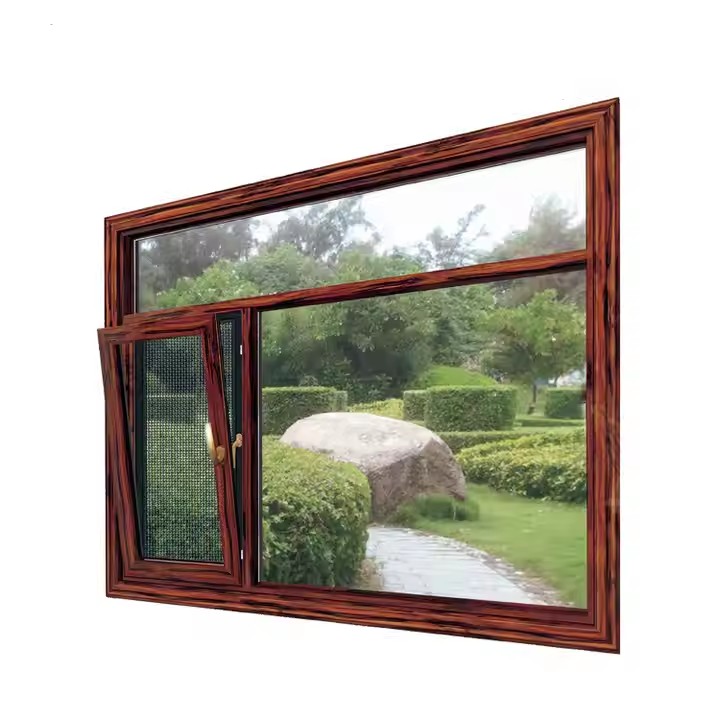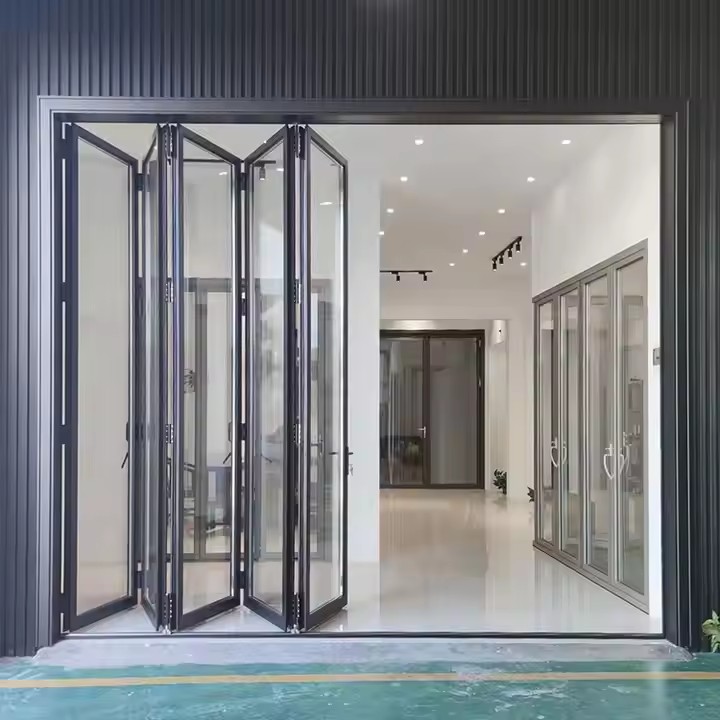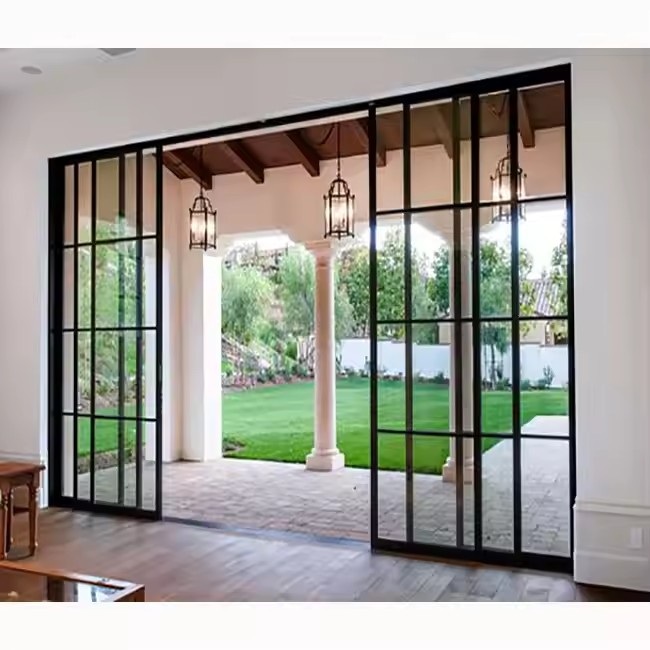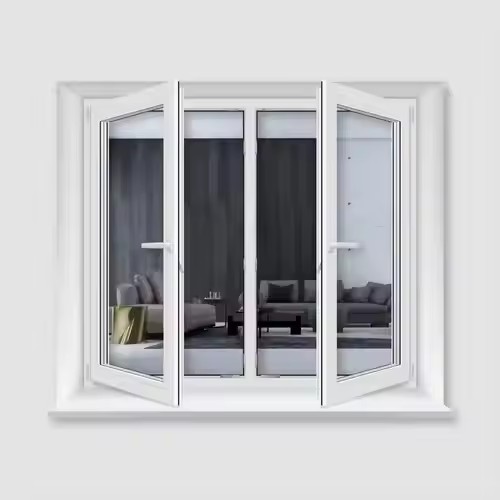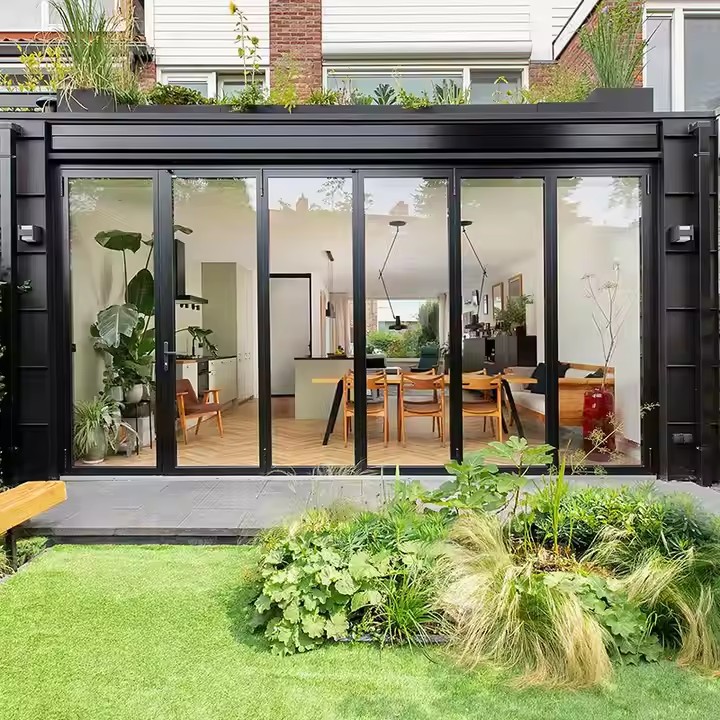What Materials Are Suitable for Sliding Doors in Australia?
Climate adaptability: Aluminum’s anti-corrosion + anti-deformation features address Australia’s key pain points. In coastal cities such as Sydney, Brisbane, and Perth, long-term salt exposure corrodes ordinary metals and rots timber, while coated aluminum (fluorocarbon or powder coating) forms a dense protective layer that resists salt spray for 25–30 years. In tropical north Queensland, strong UV […]
What Materials Are Suitable for Sliding Doors in Australia? Read More »


